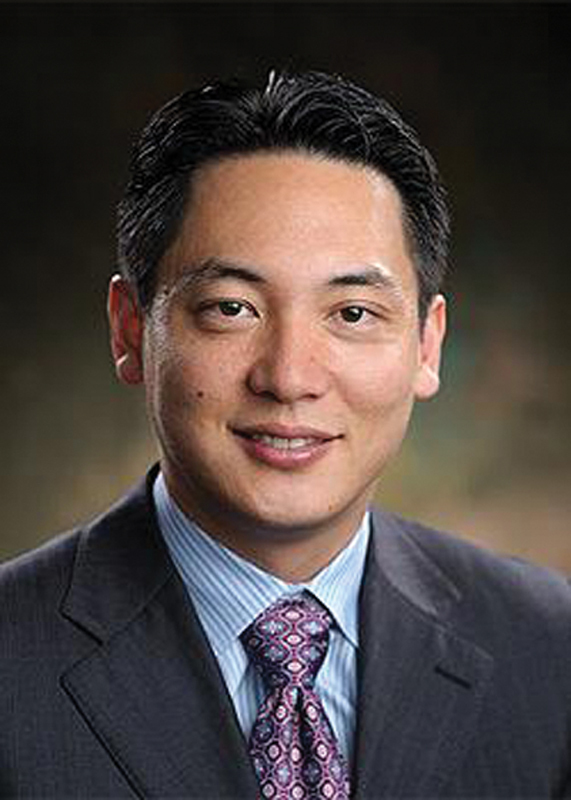
Edward I. Lee, MD
It is my privilege to be the Guest Editor for this issue of Seminars in Plastic Surgery dedicated to the topic of dermatology for plastic surgeons. A typical plastic surgeon's formal training in dermatology is limited. With that said, a sound knowledge of the diseases and cosmetic problems of the skin is integral to the practice of a plastic surgeon.
Here at the Baylor College of Medicine, I am fortunate to have a working relationship with numerous dermatologists; therefore, I have asked my colleagues to contribute to this issue of Seminars. The articles presented can be divided into two sections. The first section includes articles that provide a general overview of common pediatric (Drs. Jalalabadi, Trost, Cox, Lee, and Pourciau) and adult (Drs. Trost, Applebaum, and Orengo) skin and soft tissue lesions, as well as a review of surgical reconstruction of facial defects after skin cancer resection (Drs. Meaike, Dickey, Killion, Bartlett, and Brown) and a review on postsurgical scar management (Drs. Commander, Chamata, Cox, Dickey, and Lee).
The second section reviews noninvasive facial rejuvenation, which can be divided into patient- and physician-directed modalities. Patient-directed facial rejuvenation combines the use of topical facial products to maintain youthful skin and to rejuvenate damaged skin. Physicians may recommend and often prescribe certain products, but patients are in control of this aspect of facial rejuvenation. However, physician-directed facial rejuvenation entails modalities that require direct physician involvement, such as neuromodulators, filler injections, laser resurfacing, microdermabrasion, and chemical peels. With the successful integration of each of these modalities, a complete facial regimen can be established and patient satisfaction can be maximized. The first of three articles in this section describes patient-directed modality (Drs. Commander, Chang, Fakhro, Nigro, and Lee). The physician-directed modality is further divided into two parts—first describing the role of neuromodulators and facial fillers (Drs. Dickey, Louis, Cox, Mohan, Lee, and Nigro) and the latter describing the role of lasers, chemical peels, and other noninvasive modalities (Drs. Meaike, Agrawal, Chang, Lee, and Nigro).
I would like to thank Dr. Larry H. Hollier, Jr., Editor-in-Chief of Seminars, for the tremendous opportunity to participate in this project. I would also like to recognize my colleagues and coauthors for their hard work and insightful contributions to this edition. I am confident that the reader of this issue will stand to benefit from each author's specific expertise and unique observations.


